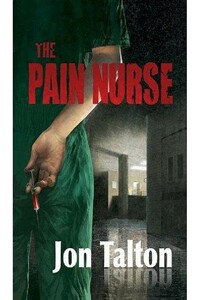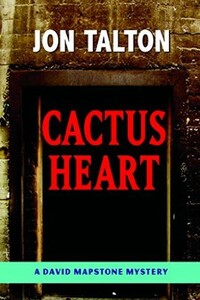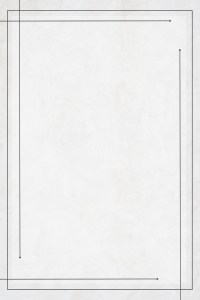South Phoenix Rules | страница 5
But, I realized, I had more assholes than I had bullets.
Peralta has said I’m good in a crisis, for an egghead. Yet my lungs throbbed with fear. The reason was simple: outside of this wide intersection of hell, I had never had more to live for.
If representing turned to violence, I had no good options, only one risky hope. One hope-for me and the little girl and everybody who would go up in the conflagration that would result that hot day. I wondered for a nanosecond if the young cops even knew the term any longer. I unhooked my badge and slipped off the holster. I untucked my dress shirt, rose up in the seat, and slipped the Python uncomfortably into my slacks behind my back. If representing turned to violence, there was only one response:
South Phoenix Rules.
I filled my lungs, reached for the car door, and started to open it when the tanker driver ambled over, unhooked his hose, and miraculously the gas pumps started to work.
Part 1: The Sweet Season
1
I drove home in the light rain, watching the moisture slowly dissolve the dust that had accumulated on the windshield, then be swept aside by the wipers. The trunk of Lindsey’s aging Honda Prelude was full of boxes, and the car rode low in the back. It was late December and cold for Phoenix, in the low fifties, the sky was overcast, and I wore my best suit. Up Third Avenue, the car slipped into the Willo district with its historic houses, big trees, and cooling lawns. Nearly every street had For Sale signs, a vain effort in the real-estate crash. “Willo Block Watch 9-1-1” signs had also recently proliferated in the yards, which irritated me, playing into the suburban stereotype of these neighborhoods. The really lurid crimes all happened out in the newer subdivisions.
I stopped behind a school bus letting out two children who walked east into the block of century-old bungalows on Holly Street. No children live on my block of Cypress Street. When I was their age, the neighborhood was full of kids, but it didn’t have a name then. It was just a neighborhood of old houses and we all walked or rode our bikes to Kenilworth School, half a mile away. Rich kids from Palmcroft, poor kids from south of Roosevelt and the rest of us-we all went to the public school. We did duck-and-cover drills and made lifelong friends. Now the children in the neighborhood go to private schools and Kenilworth is all Hispanic and poor.
Turning onto Cypress, I saw the FedEx truck pull away from our house, the 1924 Spanish colonial with the big picture window. The tamale women were working their way toward me. It was the last week of December but I was grateful they were still peddling the homemade Christmas treat. I parked the Honda in the carport, let the boxes in the back be, and waited on the front porch. As usual, the younger woman with the good English approached courteously; the older one, perhaps the chef, stood back. I greeted them both in Spanish and held out fifteen dollars for a plastic bag of tamales. Now I had dinner.


